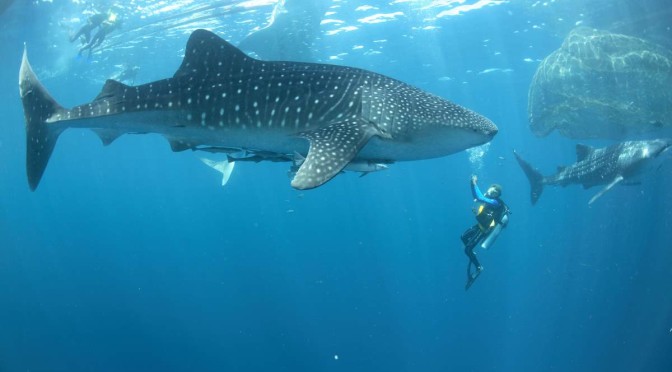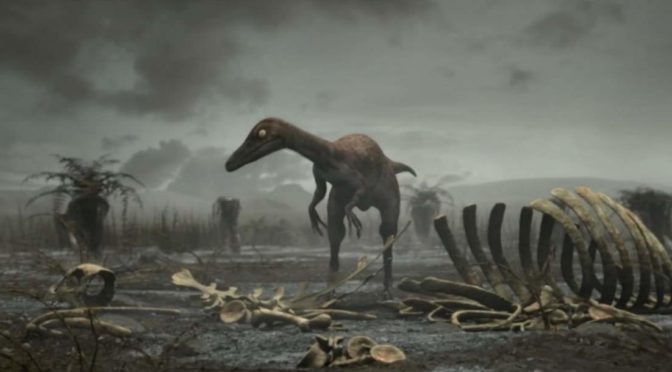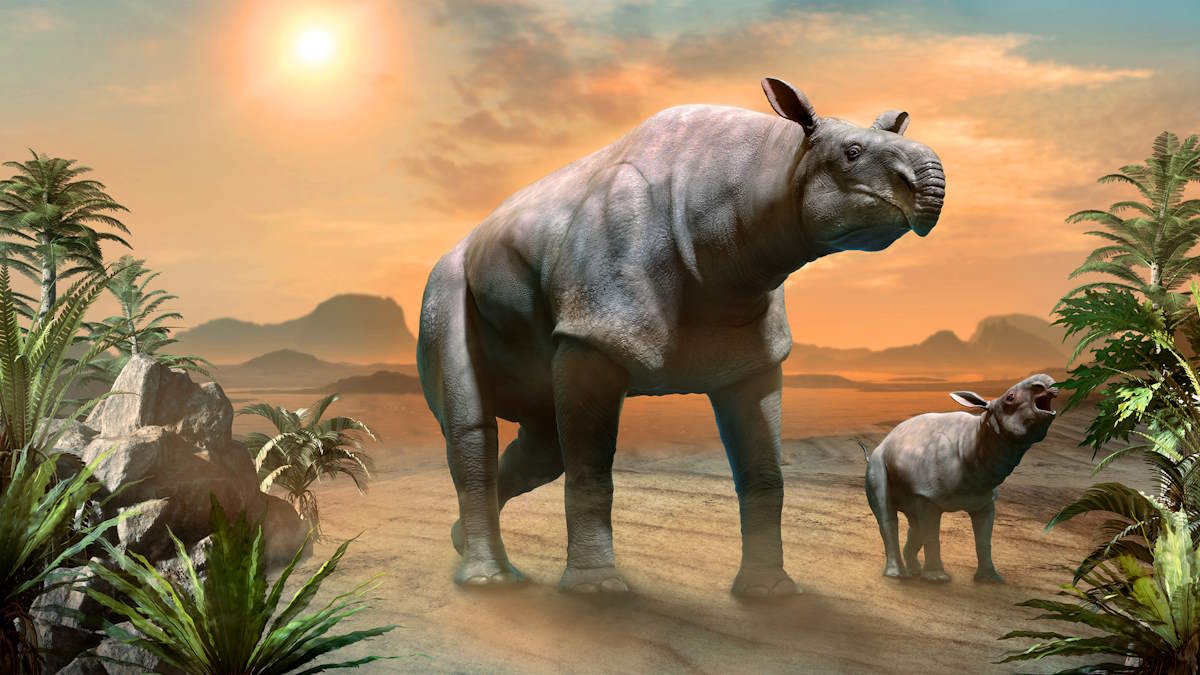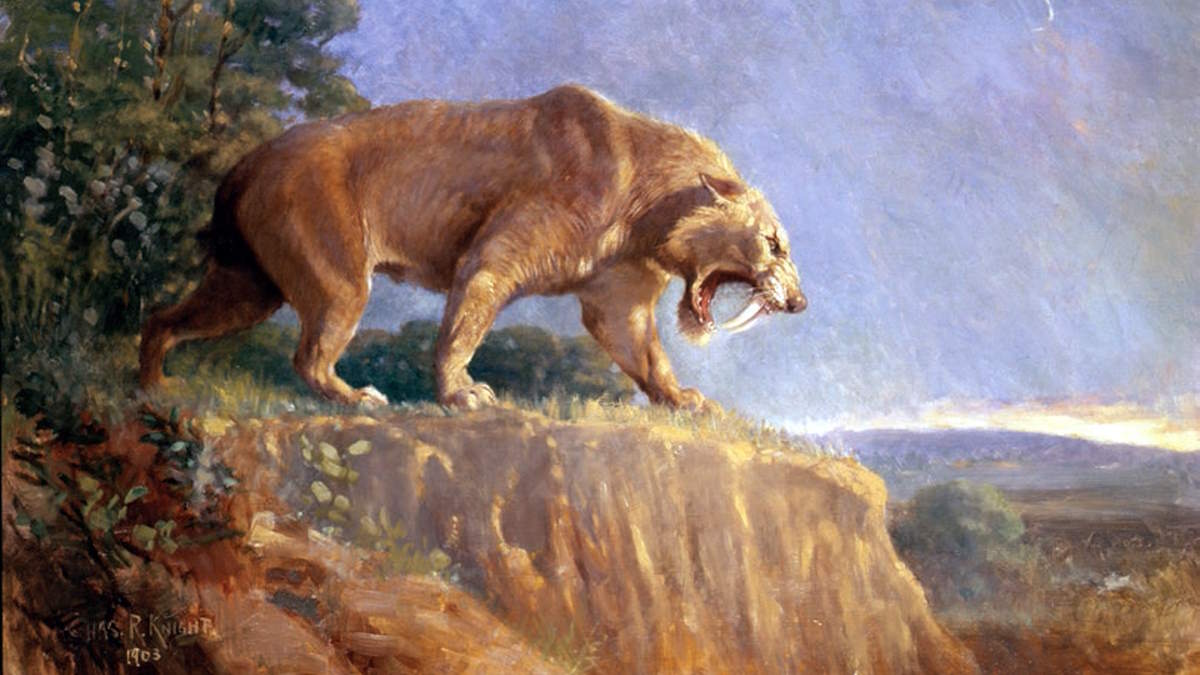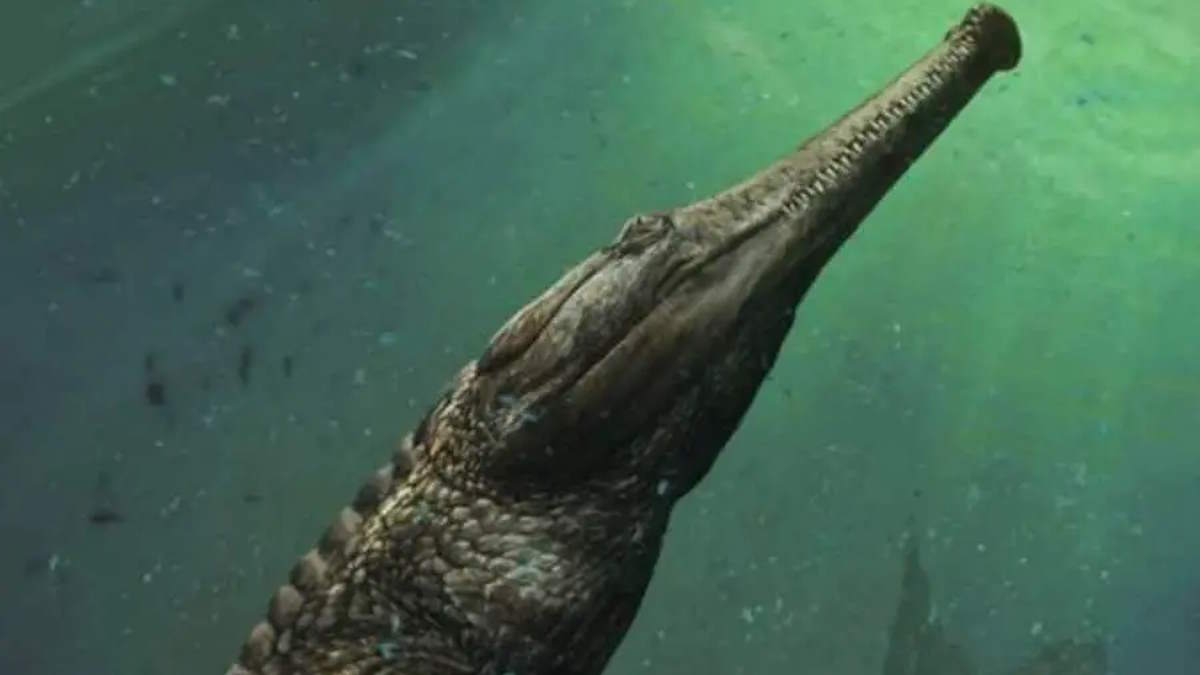The catastrophic event that ended the reign of the dinosaurs 66 million years ago has been a subject of fascination and research for decades. A groundbreaking study by the Potsdam Institute for Climate Impact Research, detailed in their 2017 article “Baby, it’s cold outside: Climate model simulations of the effects of the asteroid impact at the end of the Cretaceous,” offers a compelling computer simulation of the aftermath of the Chicxulub asteroid impact.
This simulation reveals how prolonged darkness and severe cold, triggered by sulfuric acid droplets blocking sunlight, led to a dramatic global temperature drop and significant ecological shifts, ultimately contributing to the mass extinction of the non-avian dinosaurs and other species. This research not only illustrates the direct consequences of the asteroid impact but also provides insights into the complex climatic and environmental changes that followed, marking a pivotal moment in Earth’s history.
Baby, It’s Cold Outside: How the Darkness and Cold Killed the Dinosaurs
Scientists created a computer simulation of how the afterward effects of the famous Chicxulub asteroid (estimated to be 10 km/6.2 miles wide) killed the non-avian dinosaurs (and also a wide range of other species). According to a new study, after the devastating impact, the darkness and cold killed the dinosaurs 66 million years ago.
On January 13, 2017, an article titled “Baby, it’s cold outside: Climate model simulations of the effects of the asteroid impact at the end of the Cretaceous”, published by the Climate Scientists of Potsdam Institute for Climate Impact Research (PIK), revealed a detailed model of what happened to the atmosphere and the climate after the Chicxulub impact.
